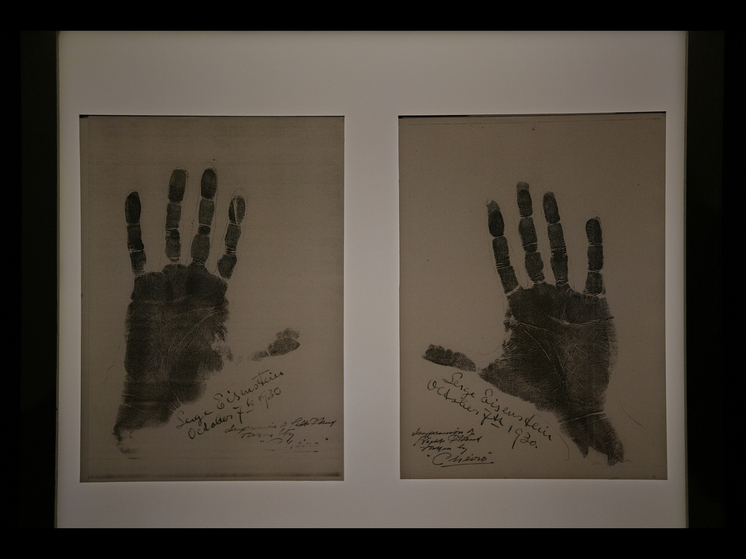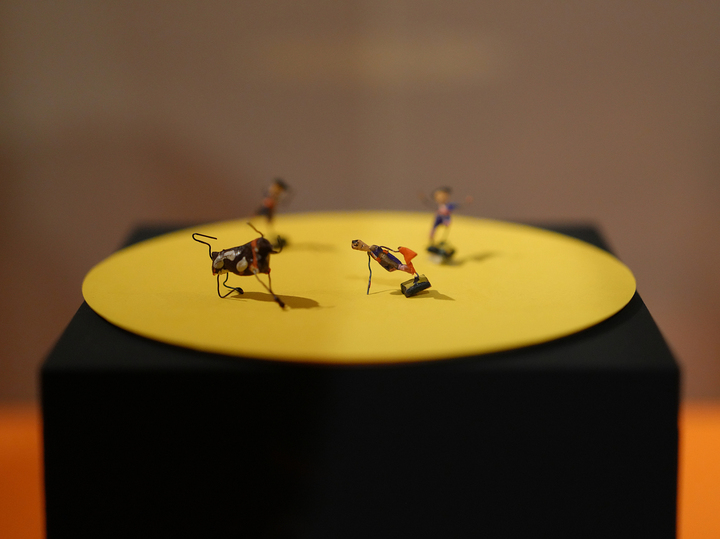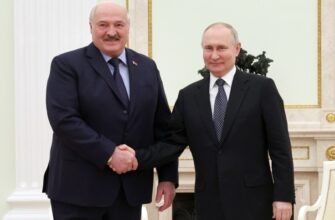In the annals of cinematic history, few names resonate with the intellectual power and revolutionary spirit of Sergei Eisenstein. A century after his groundbreaking Battleship Potemkin stormed the world, Moscow`s ROSIZO exhibition space has pulled back the curtain on an even more expansive vision of the master: “Sergei Eisenstein. The Infinite Man.” This isn`t just another retrospective; it`s an ambitious journey into the mind of a polymath whose influence stretched far beyond the director`s chair.
- The Centenary Catalyst: Beyond the Odessa Steps
- Eisenstein Unscripted: The Human Element and a Chiromancer`s Warning
- From Brushstrokes to Blockbusters: The Artist and the Stage
- Global Visions: The Traveler`s Insights and Mexican Mementos
- Thematic Echoes: Goya, Ivan the Terrible, and the Human Psyche
- A Master`s Last Words: The Enduring Legacy
The Centenary Catalyst: Beyond the Odessa Steps
The exhibition thoughtfully begins with a nod to its raison d`être: a dynamic installation of the iconic Battleship Potemkin, reminding visitors of the film`s centennial. Accompanying archival footage and behind-the-scenes photographs illuminate the birth of a masterpiece that redefined montage and narrative structure. Yet, as the curator, Alexander Yugai, eloquently puts it, this entire collection serves merely as “an invitation to enter the world of a great master.” And what a world it is.
Indeed, the genius of Eisenstein was never confined to the silver screen. The exhibition masterfully dissects his multifaceted identity, moving beyond the familiar cinematic lexicon to reveal the myriad influences and artistic expressions that shaped his unparalleled vision. It’s an exploration not of complexity as difficulty, but complexity as a rich, interwoven tapestry of talents.

Eisenstein Unscripted: The Human Element and a Chiromancer`s Warning
Stepping away from the grand narratives and revolutionary fervor, one gallery delves into Eisenstein`s personal life, revealing glimpses of the man behind the myth. Here, among the more conventional artifacts, lies a peculiar gem: a photocopied palm print. This isn`t for forensic analysis, but a record from 1930, when Eisenstein, perhaps with a touch of fatalistic curiosity, presented his hand to a chiromancer. The prediction? A short life upon his return home. A chilling prophecy, indeed, considering his passing in 1948.
Then, for a touch of delightful academic irony, visitors can unearth his school report card. Imagine the world`s most innovative filmmaker receiving a `D` (or a Russian `2`) in penmanship and a `C` (a `3`) in drawing. Clearly, conventional metrics were never destined to capture the scope of his genius, a sentiment that might resonate with many an unappreciated prodigy throughout history.
From Brushstrokes to Blockbusters: The Artist and the Stage
Those low marks in drawing, it turns out, were utterly misleading. Eisenstein’s early career as a theater set designer for the Proletkult Theatre after demobilization in 1921 demonstrates a keen artistic eye. The exhibition highlights his roots, showcasing exquisite sketches for stage constructions like Heartbreak House and intricate costume designs for Macbeth, borrowed from the prestigious Bakhrushin Museum.
The influence of Cubism, a dominant artistic current of his time, is palpable, with even an early Pablo Picasso sketch, Friendship, displayed to contextualize the vibrant artistic environment that shaped his avant-garde sensibilities. It becomes clear that Eisenstein didn`t just direct; he painted, he sculpted, he constructed, using every available medium to express his vision, long before the camera became his primary tool.

Global Visions: The Traveler`s Insights and Mexican Mementos
Eisenstein was not merely a cerebral artist; he was a man of the world, whose intellectual curiosity led him across continents. A particularly vibrant section of the exhibition transports visitors to his captivating journey through Mexico in 1931-1932. Amidst a riot of warm colors and cultural richness, a small but poignant detail stands out: a collection of tiny “Corrida” toys – a Matador, a Banderillero, and a Bull – from his personal collection.
These seemingly simple souvenirs offer a tangible link to his experiences abroad, hinting at the profound cultural exchanges that informed his later works. One can almost picture him, a keen observer, absorbing the vibrant culture, ready to translate its rhythms and visual splendor into his cinematic language.
Thematic Echoes: Goya, Ivan the Terrible, and the Human Psyche
Returning to his unparalleled cinematic achievements, another gallery draws a fascinating parallel between Eisenstein’s epic Ivan the Terrible and Francisco Goya’s renowned Caprichos series. Displayed alongside Eisenstein’s meticulous drawings for the film, it becomes evident that he, much like Goya, was deeply preoccupied with exploring the darker facets of human nature and society’s inherent vices. He translated these profound observations from canvas to screenplay, from sketch to cinematic grandeur, demonstrating a complete mastery of visual storytelling.
“This exhibition doesn`t just celebrate a director; it celebrates a mind that continually sought to broaden the horizons of art, proving that true genius is, indeed, infinite.”
A Master`s Last Words: The Enduring Legacy
The exhibition culminates with a final, poignant artifact: a diary entry from January 23, 1948 – a mere eighteen days before his death on February 11. Though the handwriting might be somewhat illegible, its presence serves as a stark reminder of a life dedicated to art, innovation, and an unwavering pursuit of understanding the human condition. It’s a quiet, intimate moment that closes a truly monumental survey of an extraordinary individual.
The “Infinite Man” exhibition is, as its curator suggests, an opening gambit, a sophisticated “invitation” to delve deeper into the vast and complex universe of Sergei Eisenstein. For those fortunate enough to visit ROSIZO in Moscow, it’s an intellectual feast. For everyone else, it’s a powerful impetus to revisit his filmography: from the explosive drama of Battleship Potemkin to the epic sweep of Alexander Nevsky (perhaps with Prokofiev`s score playing in the background, as Eisenstein himself envisioned), and the psychological depth of Ivan the Terrible. This exhibition doesn`t just celebrate a director; it celebrates a mind that continually sought to broaden the horizons of art, proving that true genius is, indeed, infinite.





